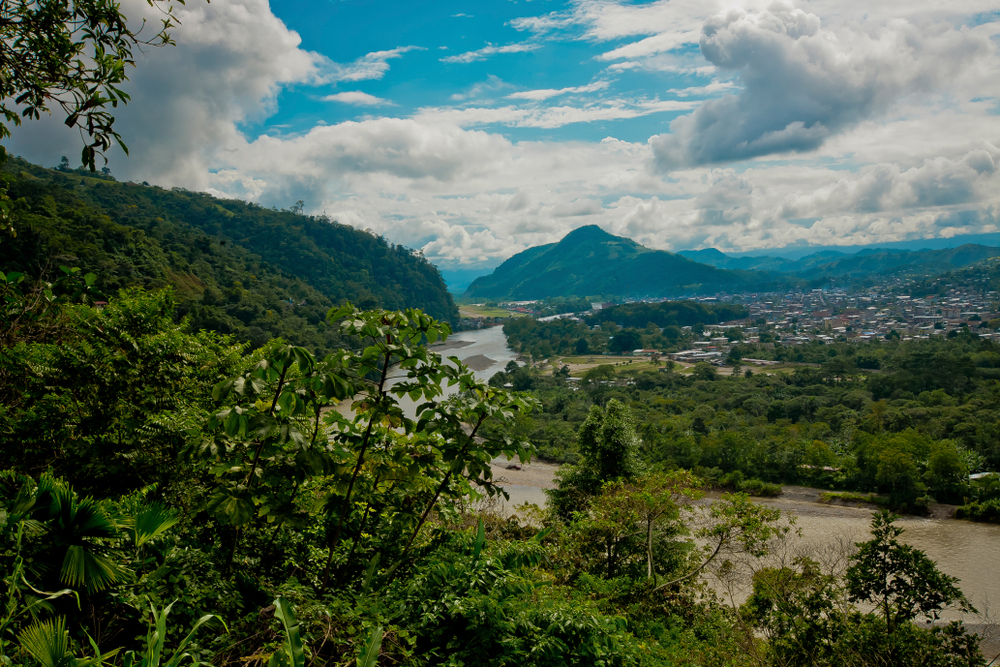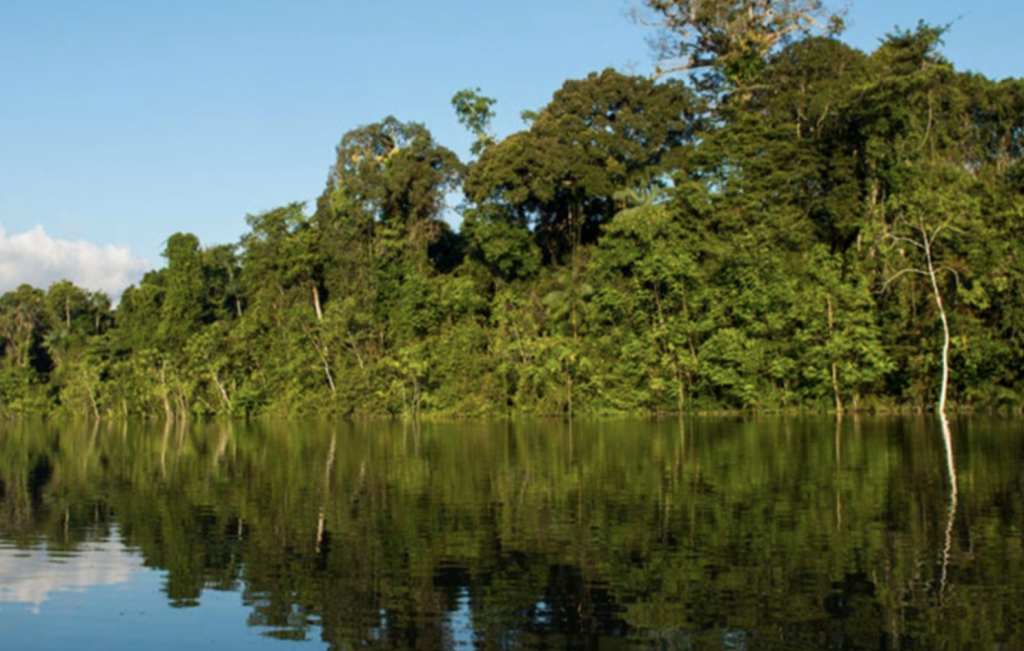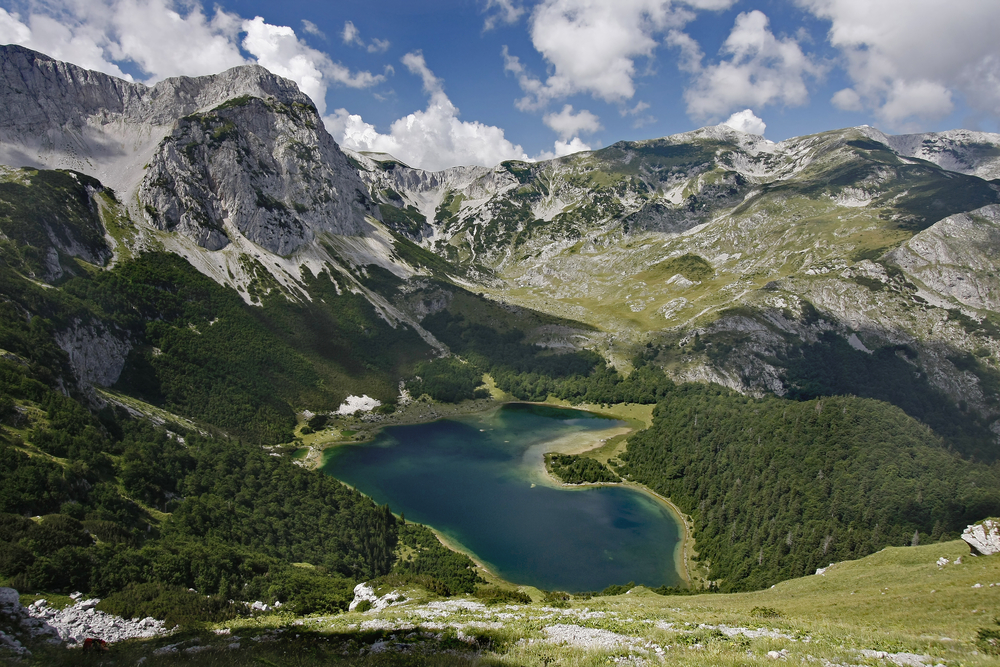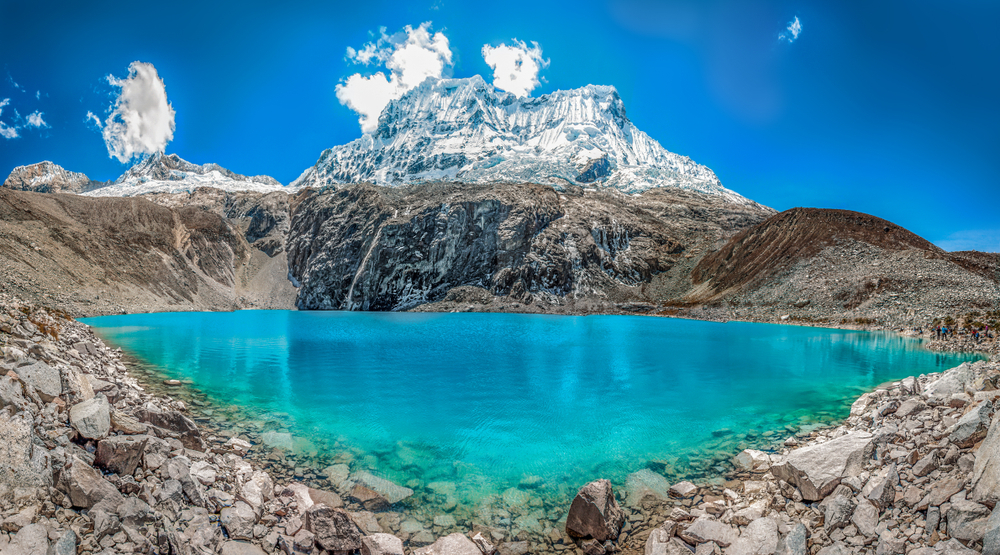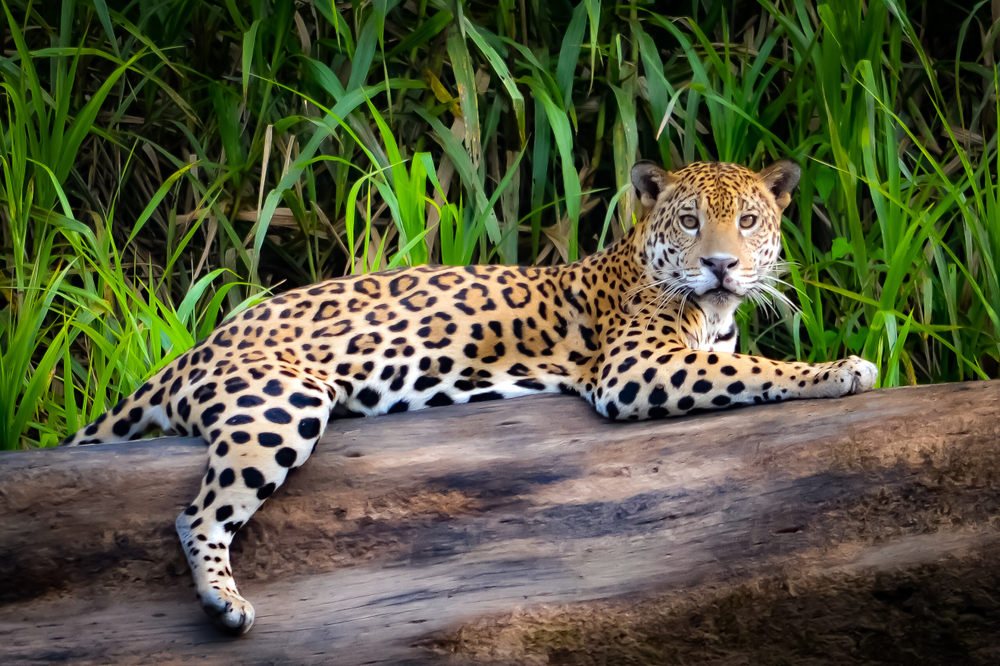Yanachaga–Chemillén Overview
Yanachaga–Chemillén National Park, known locally as Parque Nacional Yanachaga–Chemillén, is a protected area in central Peru, located in the Pasco Region within the Oxapampa Province.
Covering approximately 471 square miles (1,222 square kilometers), the park encompasses a diverse range of ecosystems, from lowland tropical forests to high-altitude cloud forests and rugged mountain peaks. The park’s landscape is shaped by the eastern slopes of the Andes, with steep valleys, deep gorges, and mist-covered ridges.
Among its most notable geographical features are the towering Cerro Huampal and the meandering Huancabamba River, which carves through the dense rainforest. The terrain is largely dominated by lush vegetation, including primary and secondary forests teeming with endemic plant life. Ancient Podocarpus trees, moss-laden branches, and thick ferns create an environment reminiscent of a lost world, where mist and moisture sustain a rich variety of flora.
The park’s biodiversity is one of its greatest treasures. As part of the Amazon Basin’s upper reaches, Yanachaga–Chemillén supports a wide variety of wildlife, including some of Peru’s most elusive and endangered species. The Andean spectacled bear, a symbol of conservation in the region, roams the dense undergrowth, while pumas and ocelots prowl the park’s remote areas. The lowland tapir, an ancient species of herbivore, can also be found foraging along riverbanks and in the park’s humid valleys.
The diversity of bird species is equally impressive, with more than 500 recorded varieties. The Andean cock-of-the-rock, with its vivid red plumage, is a sought-after sighting among birdwatchers. The park is also home to harpy eagles, toucans, and tanagers, which can often be spotted soaring above the canopy or perched in the dense foliage.
Among the most popular features of Yanachaga–Chemillén is the Paujil Sector, a region within the park known for its accessible trails and remarkable birdwatching opportunities. The San Alberto and Huampal sectors provide breathtaking views of the Andes, offering visitors a chance to appreciate the park’s dramatic elevation changes and cloud forest scenery.
The park’s numerous waterfalls, including Catarata del Encanto, cascade through verdant ravines, adding to the park’s mystical appeal. Visitors often embark on guided hikes, following well-maintained trails that lead to scenic viewpoints and rich wildlife habitats. Nighttime excursions offer a different experience, as the forest comes alive with the calls of nocturnal creatures such as owls, night monkeys, and amphibians.
Yanachaga–Chemillén faces several conservation challenges, primarily related to deforestation and encroaching agricultural activities. Illegal logging and land conversion for farming threaten parts of the park’s borders, putting pressure on its delicate ecosystems.
However, the park’s designation as a national protected area has helped mitigate some of these threats. Conservation initiatives, including community-based programs and ecotourism, have played a crucial role in promoting sustainable practices.
Research and monitoring programs focus on preserving the park’s unique flora and fauna, ensuring that Yanachaga–Chemillén continues to serve as a sanctuary for wildlife and a haven for nature enthusiasts. With its rich biodiversity, striking landscapes, and commitment to conservation, this Peruvian gem remains one of the country’s most valuable ecological treasures.











































































